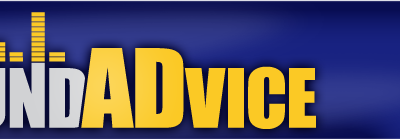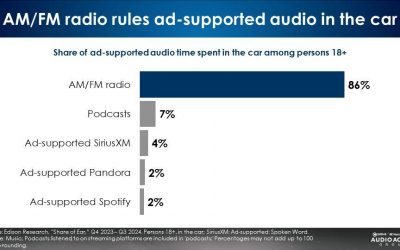At the beginning of January, subscribers to my weekly Sound ADvice newsletter received the information I'm about to share with you today. If you'd like to receive this in your email inbox, email me and ask for a free subscription. Scott@ScLoHo.net. It was 39 years...
Marketing and Advertising Insights
Increasing Prices Without Losing Customers
There are many challenges in running a business. One of the greatest is knowing when the right time is to raise the price of your products or services. Last month subscribers to my SoundADvice newsletter received this information in their inbox. I'll add you to my...
Human Relationship Marketing Principles
This week I'm sharing the bare bones foundation of how to build a business marketing plan that works not just now, but for years into the future. It's something I've been implementing since the 1980's, when I first made the move to the advertising side of media. Human...
Traditional Radio Relevancy in 2024 & 2025
It's the week between Christmas and New Year and for this weeks update, I found an article that caught my attention back in July. You can read it here.In the meantime, I'm just going to share a couple of thoughts from that story and what really matters as we move to a...
Radio Works for Retailers
The email headline in my inbox last month read: AM/FM Radio Delivers Results For Retailers This Holiday Season I've got the highlights and insight from this report from WestwoodOne.com. The data comes from multiple credible research companies like Nielsen, Edison and...
Planning Your Marketing Success in 2025
Today, I have planning tips for the new year ahead taken from a recent Sound ADvice newsletter subscribers received this month: From running a business, we all know that even the most well-thought-out plans don’t always play out as expected. However, relying on the...
Building Momentum
Some business people get it, others don't. I'm talking about the building and growing process for your business and how advertising fits in. I can't tell you how many times people had unrealistic expectations and were either disappointed or they were too afraid to...
Launch Expectations
Just about every week except Holiday weeks, I send out a newsletter called Sound ADvice that is created by my friend Rick at ENS Media and recently he created an excellent piece that my subscribers read that starts out talking about the Space Shuttle. In my childhood...
Win Back Former Customers
What should you change to retain or win back customers? What internal changes can you make that will create a more positive customer experience? Are there some things that have changed but that law of "unintended consequences" kicked in and perhaps you should revert...









